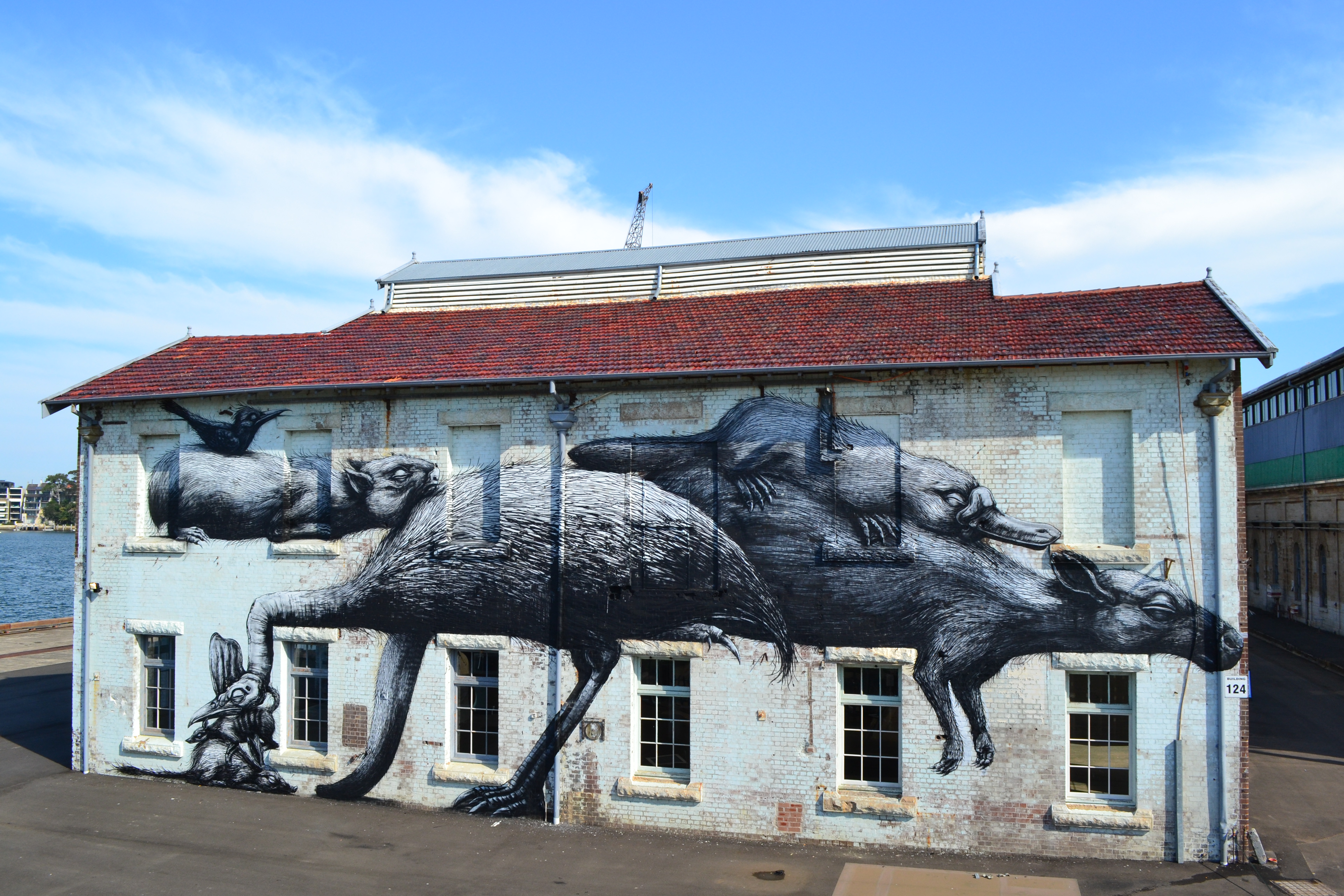
What makes art “environmental”?
What do the answers to this question say about the constructed relationship (that is, the separation) of humanity and the environment?
Check out some street art at Wooster Collective. Image courtesy of ROA and Wooster Collective.
New EU carbon emission standards proposed
The EU has proposed new emission standards for new vehicles. If EU Parliament and member countries approve, could these standards spur car manufacturers in other nations to seek out stricter standards elsewhere? Check out the story from the Guardian here.
The environmental art of Andy Goldsworthy
This clip from Andy Goldsworthy’s “Rivers and Tides” is the first of many posts that will highlight connections between culture and the environment. Enjoy!
Goldsworthy’s work plays with a number of tensions that exemplify dominant interpretations of both art and the environment. For example, his work is often impermanent. This trait allows both artist and observer to appreciate the act of creating art, and not just the art itself. Second, his work, most often done in “natural” outdoor settings (though his work is in a number of outdoor installations) also forces the observer to question the very definition of environment–is his work in “nature”? Is it natural? Can something created by humans still be called “natural”? Is natural beauty spoiled or lessened when touched by human hands? These are just a sample of the issues that Goldsworthy’s (and many other artists’) work pull out of the socially constructed categories of art and nature, and will be addressed frequently in this blog..










